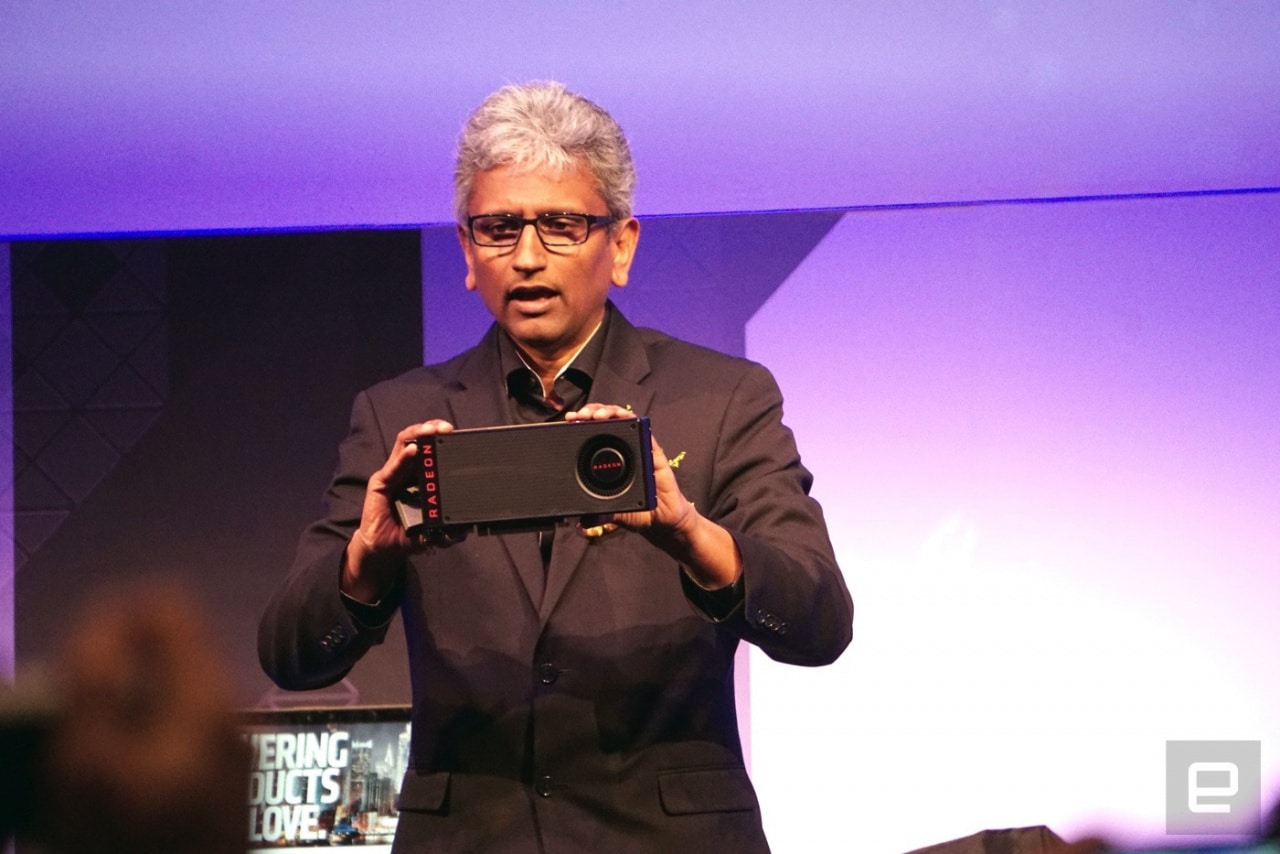Shortly after AMD held a media event behind closed doors in Macao, the company pulled off the curtain for the all-new graphics card Radeon RX 480, the standard-bearer of the new Polaris architecture. However, this is not a regular flagship in order to take the throne of performance, but AMD’s goal is completely different.
The AMD Radeon RX 480 has a recommended price of only $ 199 with 4 GB of GDDR5 memory, while a variant with 8 GB should cost $ 229. This corresponds to approximately SEK 2,100 and SEK 2,400, respectively, including VAT. The company thus intends to shake up the middle segment, but also to drive down the costs of a gaming computer capable of driving around virtual reality.
The Radeon™ RX Series is a disruptive technology that adds rocket fuel to the VR inflection point, turning it into a technology with transformational relevance to consumers. – Raja Koduri, chef över Radeon Technologies Group på AMD.
The latter is seen by AMD as an accelerator for virtual reality to make an impact on a broad front, which in turn would increase the interest among developers to create games with high production value. The company also believes that a lower total cost for a VR-capable computer will urge the manufacturers of VR headsets to push prices.
At the same time, AMD is releasing the first official details regarding the Radeon RX 480 and the associated graphics circuit Polaris 10. These are 36 computing units or 2,304 stream processors with a 256-bit memory bus and a memory bandwidth of 256 GB / s, which is achieved through 4/8 GB GDDR5 memory at 8,000 MHz.
In terms of performance, the Radeon RX 480 should come with a theoretical computing power of over 5 TFLOPS, which corresponds to a clock frequency of at least 1,085 MHz. The card’s total power consumption is set at 150 W and power is supplied through a single 6-pin PCI Express.
Apart from the fact that a single graphics card is sufficient for virtual reality, no concrete details about its performance appear. However, AMD shows a test where two Radeon RX 480 get 62.5 frames per second (fps) in the performance test for Ashes of the Singularity, while a single Geforce GTX 1080 lands slightly lower at 58.7 fps. In addition, Nvidia’s graphics card must have been loaded to the max and AMD’s Crossfire solution must have used just over 50 percent of its total capacity.
Another interesting detail is that AMD changed in its name scheme, where the prefix R followed by a number marked different performance segments – for example Radeon R9 390X. Instead, the entire series of Polaris-oriented graphics cards gets the letter combination RX and is referred to as the Radeon RX series instead of the 400 series.
The sharp launch of the Radeon RX 480 takes place on June 29.
Image source: Engadget.
► Read all articles from #computex-2016















